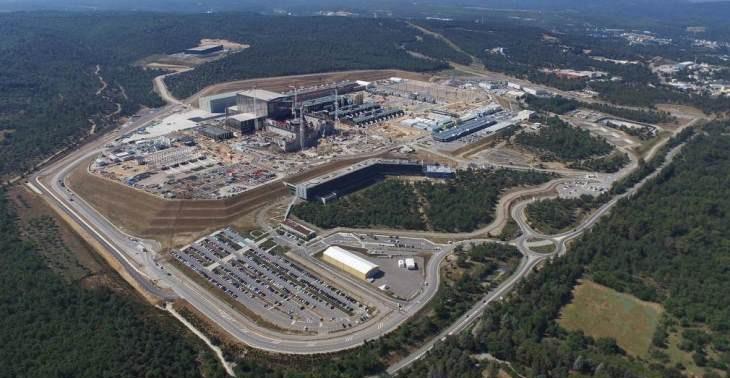
U.S. THERMONUCLEAR PARTICIPATION

WNN - The USA should continue its participation in the International Thermonuclear Experimental Reactor (ITER) project and develop a national research programme towards building a compact pilot plant, according to the National Academies of Sciences, Engineering, and Medicine (NASEM).
ITER is a major international project to build a 500MW tokamak fusion device (requiring an input of 50MW) designed to prove the feasibility of fusion as a large-scale and carbon-free source of energy. The European Union is contributing almost half of the cost of its construction, while the other six members (China, India, Japan, South Korea, Russia and the USA) are contributing equally to the rest. Under a revised schedule established by the Iter organisation in 2016, first plasma is planned for 2025, with deuterium-tritium fusion experiments commencing in 2035. Construction costs are expected to be around EUR20 billion (USD25 billion), with components contributed by the Iter members on an 'in-kind' basis.
In the final report of the Committee on a Strategic Plan for US Burning Plasma Research, NASEM said: "Now is the right time for the United States to develop plans to benefit from its investment in burning plasma research and take steps towards the development of fusion electricity for the nation's future energy needs."
"ITER plays a central role in US burning plasma research activities and is the only existing project that is expected to create and study a burning plasma," the committee said. "It is the next critical step in the development of fusion energy."
"As a partner in ITER, the US receives full benefit from the technologies developed for ITER while providing only a fraction of the financial resources," the report says. "If the US is to profit from its share, the nation's strategic plan for fusion should combine its ITER experience with additional science and engineering research needed to develop reliable and economical fusion electricity."
Melvyn Shochet, professor of physics at University of Chicago and co-chair of the committee that authored the report, said: "There is a critical need for research in addition to our participation in ITER, or else the US risks being overtaken by other countries that are ramping up their science and technology to achieve fusion energy."
"Recent advances motivate a new national research programme leading to the construction of a compact fusion pilot plant," the report says. "Significant progress in predicting and creating the high-pressure plasma required for such a reactor has been made. Opportunities to develop technologies for fusion, such as high-temperature superconducting magnets and advanced materials, now make a compact device possible."
It adds, "A focus on a compact device will accelerate the fusion development plan, making it affordable and attractive for industrial participation. Finally, by starting now, a national research programme toward a compact pilot plant and critical science and technology research can be ready in time to use the knowledge learned from ITER operation to demonstrate electricity production by mid-century."
The committee expects the implementation of its recommendations - including continued participation in ITER and a national research programme for a pilot plant - to require additional funding of almost USD200 million per year over several decades.
If the USA were to withdraw from ITER, the country would need to design, licence and construct an alternative means to gain experience creating and controlling a fusion reactor, the committee notes. "As a result, the scale of research facilities domestically would be more costly, and producing electricity from fusion would be delayed."
-----
Earlier:

2018, December, 10, 08:20:00
BRITAIN'S FUSION ENERGYWNN - The UK Atomic Energy Authority (UKAEA) and First Light Fusion are collaborating on a project to convert fusion reactions into heat to enable clean power production. The 'fusion island' project is to be partly funded by a grant from the Department for Business, Energy & Industrial Strategy (BEIS).
|

2018, April, 20, 08:30:00
CANADA'S THERMONUCLEAR ENERGYWNN - Canada has signed a memorandum of understanding (MoU) with the Iter Organisation to explore how Canada can participate in the project to construct the International Thermonuclear Experimental Reactor. The fusion reactor - construction of which began in 2010 - is scheduled to achieve first plasma in 2025.
|

2017, December, 13, 12:05:00
FRENCH THERMONUCLEAR REACTORWNN - Construction of the Iter fusion reactor, being built at Cadarache in the south of France, is now 50% complete, the Iter Organisation has announced. The reactor - construction of which began in 2010 - is scheduled to achieve first plasma in 2025. |












